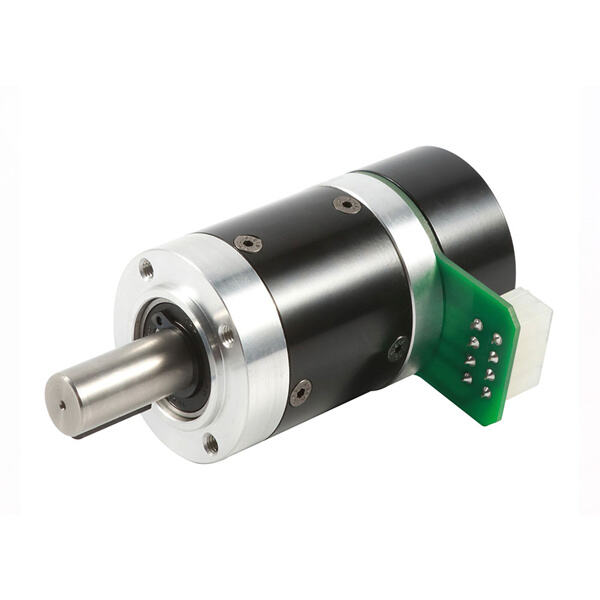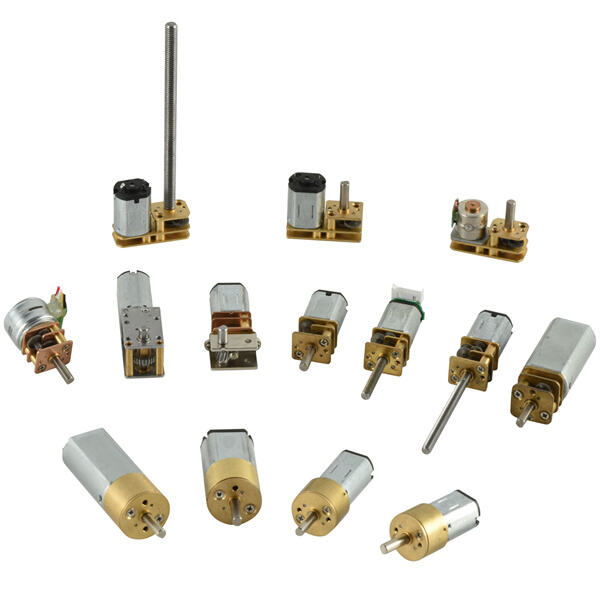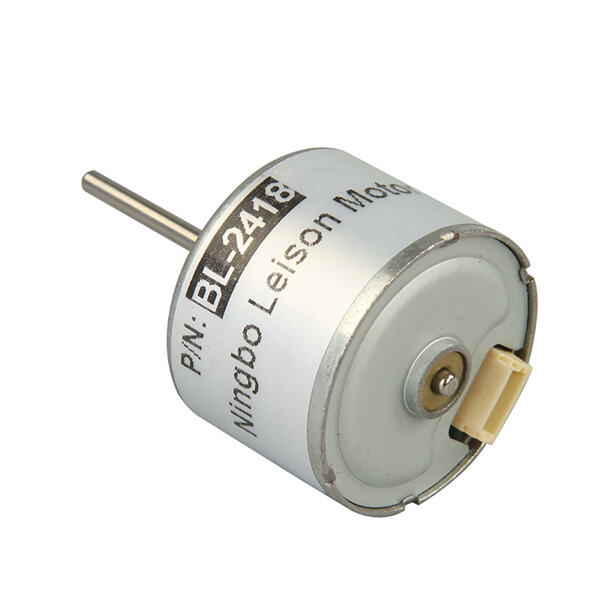Small low voltage DC motors are little machines that use electricity to do things such as turn fans and wheels or move tennis balls. You can see them in toys, robots and small appliances. These motors operate with a low voltage supply, typically around 1.5 to 12 volts. They are simple to operate and can be switched on and off with a switch or a dial.
There are several good reasons to use a low voltage DC motor in various projects. First, they conserve energy, so they require less electricity than other motors. This can be a good way to save on your electric bill. Second, DC motors at low voltage are nice and compact so that you may use them in portable devices. Third, they are straightforward to manipulate and can travel at multiple speeds. Finally, they are durable and will potentially last for years if you treat them well.

Whether you’re choosing a low voltage DC motor for a robotics application or a commercial product, consider the voltage and current that this motor needs, and how large and heavy the motor is. You’ll also want to determine what type of movement you want the motor to create, like turning, vibrating or moving back and forth. And also how you are going to mount and connect the motor to your own project. If you are not certain which motor is right, you can consult with a professional at Leison.

Wiring up a small low voltage DC motor is pretty easy. You will need a power supply, such as a battery, and wires to hook up the motor to the power. Be sure to connect the positive and negative side of the motor to the correct side of the power supply! You can manage the motor with a simple on-off switch, or use a speed controller to vary how fast the motor goes. When wiring and controlling the motor, always adhere to the instructions and safety regulations.

You need to take care of your low voltage DC motor, if you want it to last a long time. Keep the engine clean so that it is free of dust which can cause it to overheat. Inspect it for wear or damage, such as frayed wires or loose connections, and repair or replace it as needed. Provide a little lubrication on the moving parts of the motor to keep it run smoothly and have a longer service life. And lastly, when you are not using it make sure to store the motor in a dry and secure place to prevent any damage.